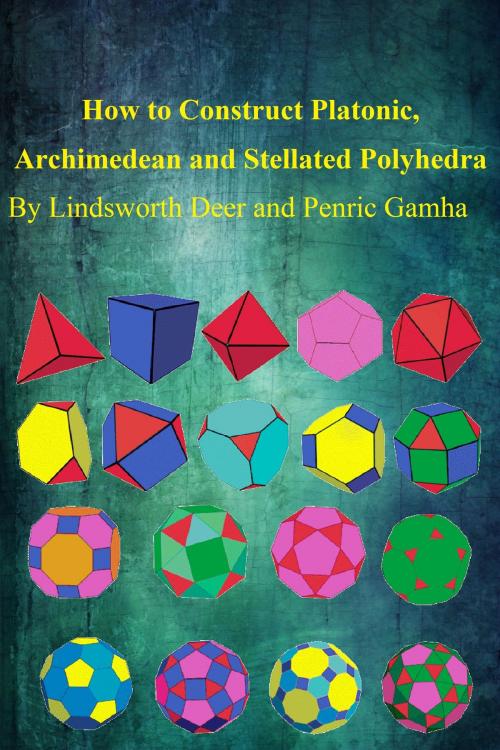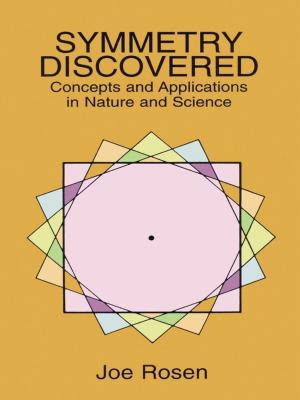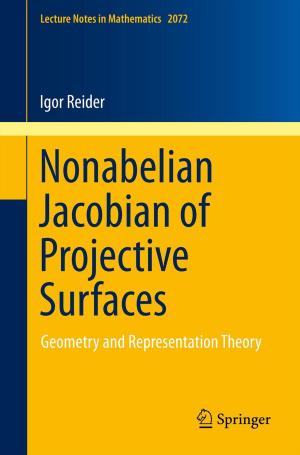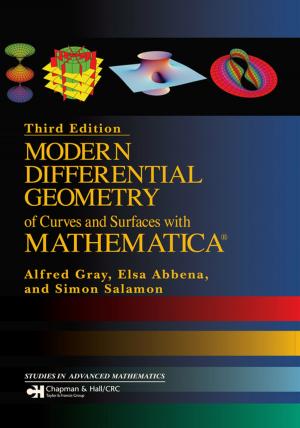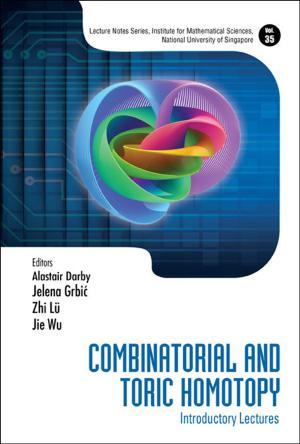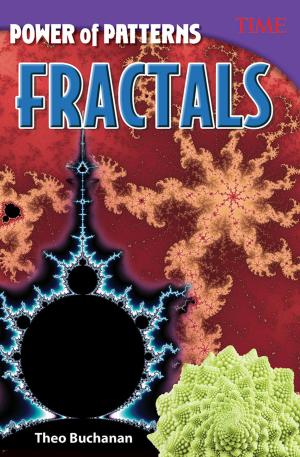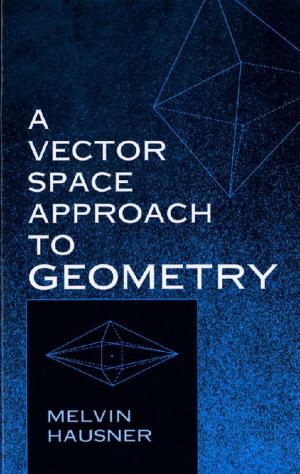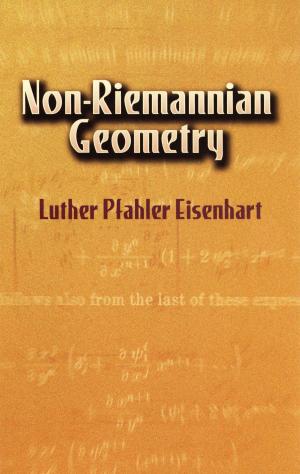How to Construct Platonic, Archimedean and Stellated Polyhedra
Nonfiction, Art & Architecture, Art Technique, Sculpture, General Art, Science & Nature, Mathematics, Geometry| Author: | Lindsworth Deer Jr | ISBN: | 9781310948862 |
| Publisher: | Lindsworth Deer, Jr | Publication: | July 30, 2015 |
| Imprint: | Smashwords Edition | Language: | English |
| Author: | Lindsworth Deer Jr |
| ISBN: | 9781310948862 |
| Publisher: | Lindsworth Deer, Jr |
| Publication: | July 30, 2015 |
| Imprint: | Smashwords Edition |
| Language: | English |
This book is intended to be a Fun semi-historical book on the history of Polyhedra, both Platonic and Archimedean as well as special construction methods to make them.
This book is of interest to everyone, from the casual reader seeking to understand 3D solids to the serious hobbyist looking for specialized construction methods to build and make Polyhedra from any material including Cartridge paper, corrugated Cardboard, Wood, Fiberglass and even Metal.
Polyhedra are excellent hands-on tool for teaching the subjects Mathematics, Computer Programming, Biology, Biochemistry and Chemistry.
Polyhedra are an excellent Mathematics teaching aids that not only bring Mathematics to life but have application to other scientific field, such as facilitates learning among Kinesthetic and Visual Learners (Fleming, 2012) by introducing them to the use of trigonometry to derive and calculate the Volumes, Surface areas and Dihedral and Planar Angles of Polygons and Polyhedra.
It can be used to introduce Children to learning Python and C++ Programming and in the process translate equations into constants and variables in Python and C++ Programming. The children learning programming can also incorporate aspects of calculations involving Planar 3D Geometry and Trigonometry in 3D Game Programming, where polyhedra are used extensively to render 3D CGI imagery.
Finally, it helps students studying Molecular Stereochemistry in Chemistry and Biology as it enables them to easily visualize molecular cages e.g. zeolites, clathrates that occur in Inorganic Chemistry and organo-metallic chemistry. Because the construction methods use every day materials, the student can use these construction methods to make their own models instead of resorting to buying expensive models online.
This book is intended to be a Fun semi-historical book on the history of Polyhedra, both Platonic and Archimedean as well as special construction methods to make them.
This book is of interest to everyone, from the casual reader seeking to understand 3D solids to the serious hobbyist looking for specialized construction methods to build and make Polyhedra from any material including Cartridge paper, corrugated Cardboard, Wood, Fiberglass and even Metal.
Polyhedra are excellent hands-on tool for teaching the subjects Mathematics, Computer Programming, Biology, Biochemistry and Chemistry.
Polyhedra are an excellent Mathematics teaching aids that not only bring Mathematics to life but have application to other scientific field, such as facilitates learning among Kinesthetic and Visual Learners (Fleming, 2012) by introducing them to the use of trigonometry to derive and calculate the Volumes, Surface areas and Dihedral and Planar Angles of Polygons and Polyhedra.
It can be used to introduce Children to learning Python and C++ Programming and in the process translate equations into constants and variables in Python and C++ Programming. The children learning programming can also incorporate aspects of calculations involving Planar 3D Geometry and Trigonometry in 3D Game Programming, where polyhedra are used extensively to render 3D CGI imagery.
Finally, it helps students studying Molecular Stereochemistry in Chemistry and Biology as it enables them to easily visualize molecular cages e.g. zeolites, clathrates that occur in Inorganic Chemistry and organo-metallic chemistry. Because the construction methods use every day materials, the student can use these construction methods to make their own models instead of resorting to buying expensive models online.
